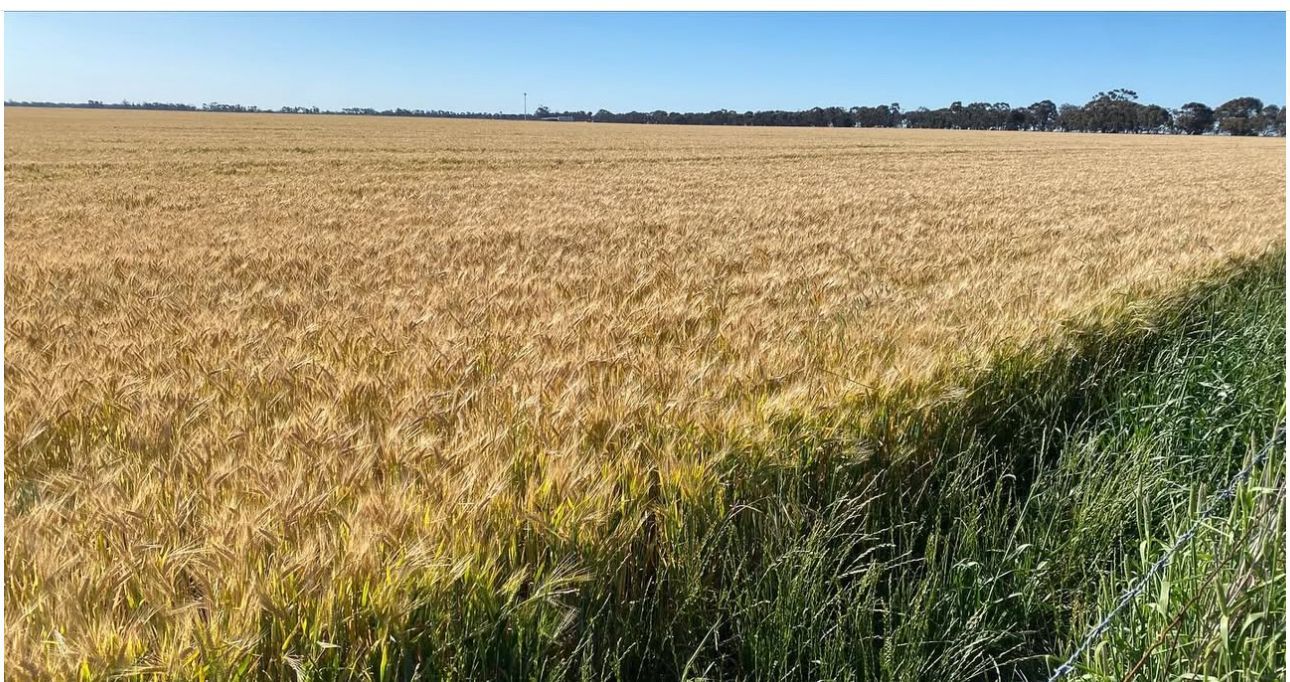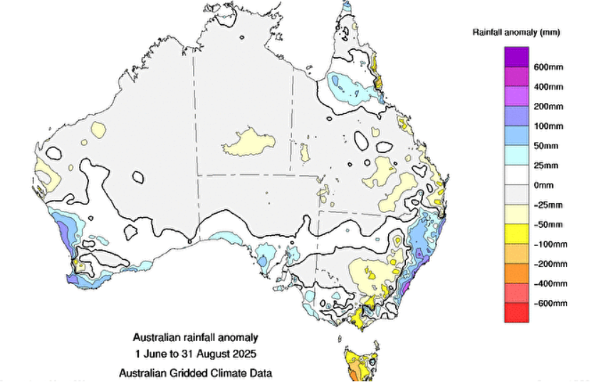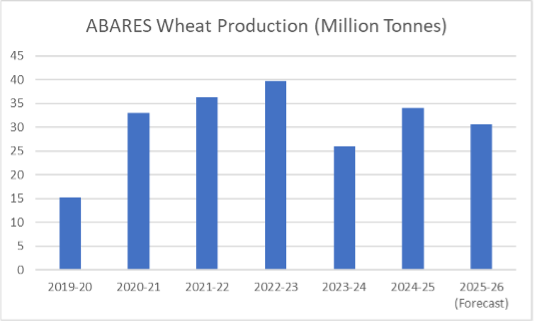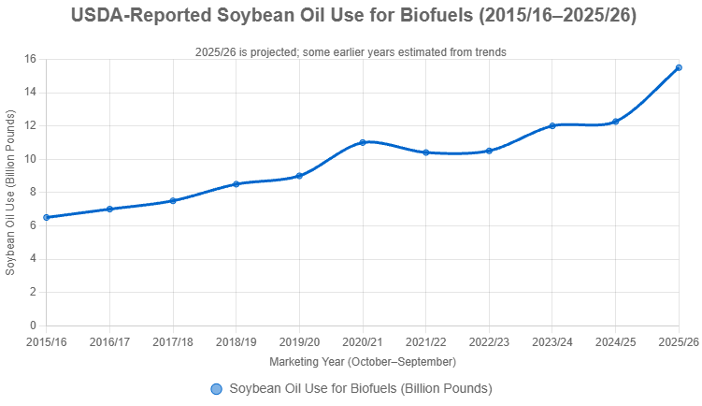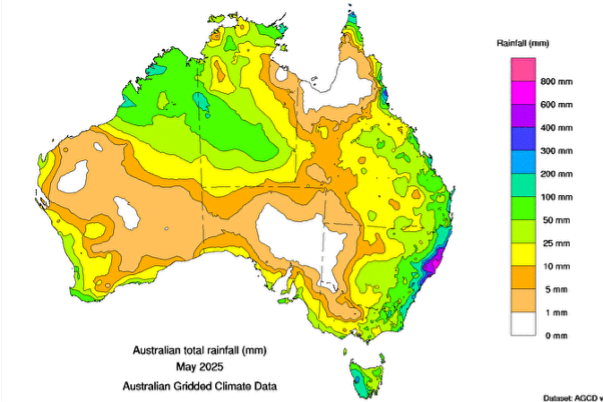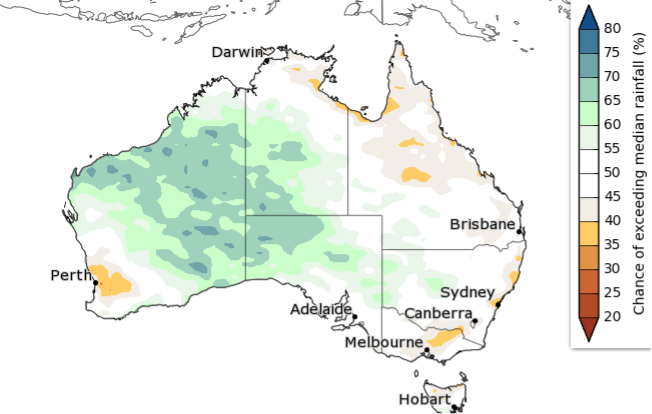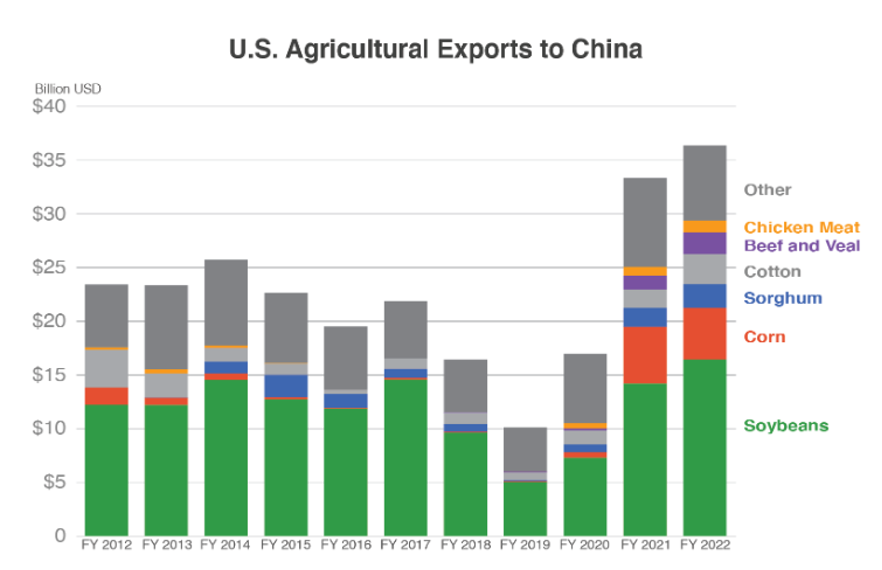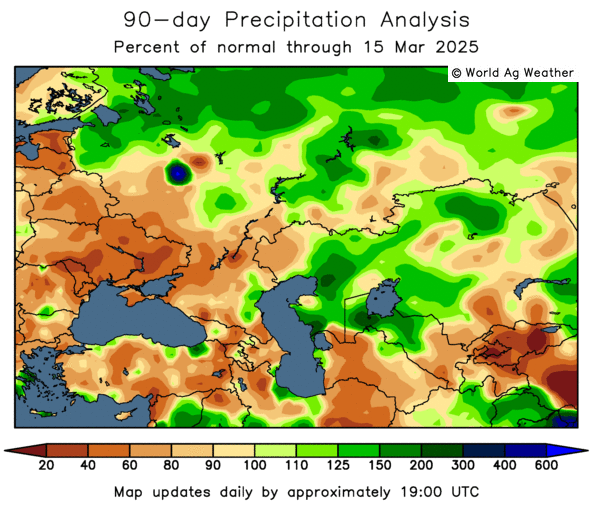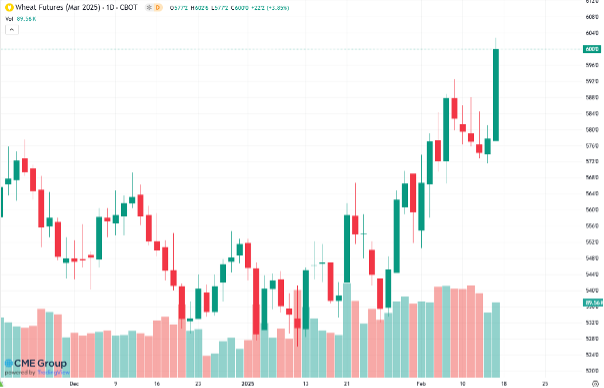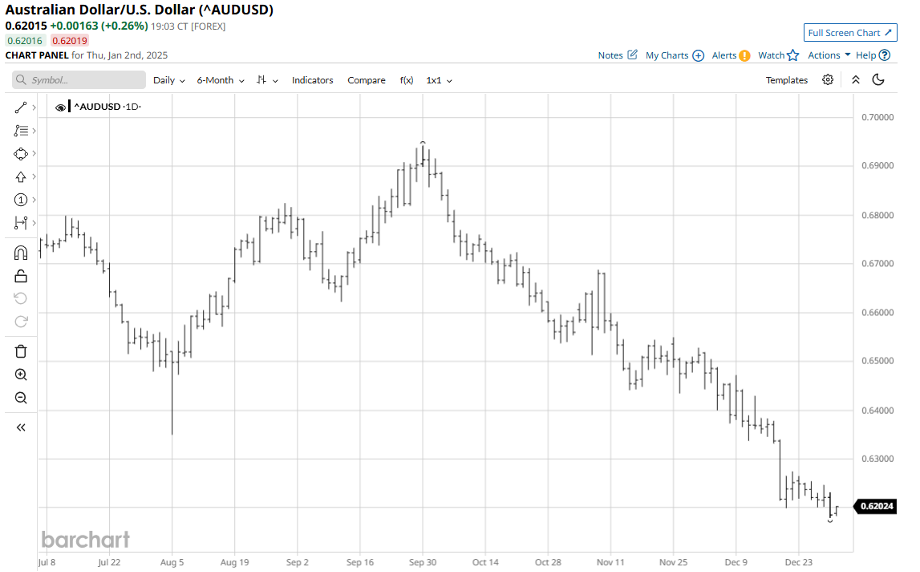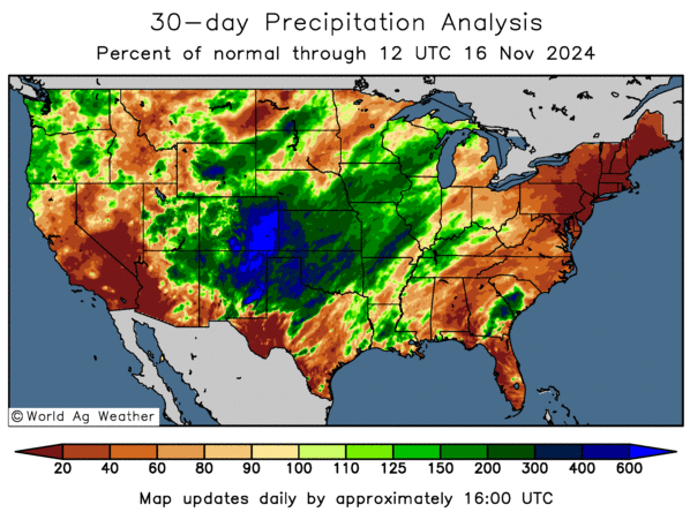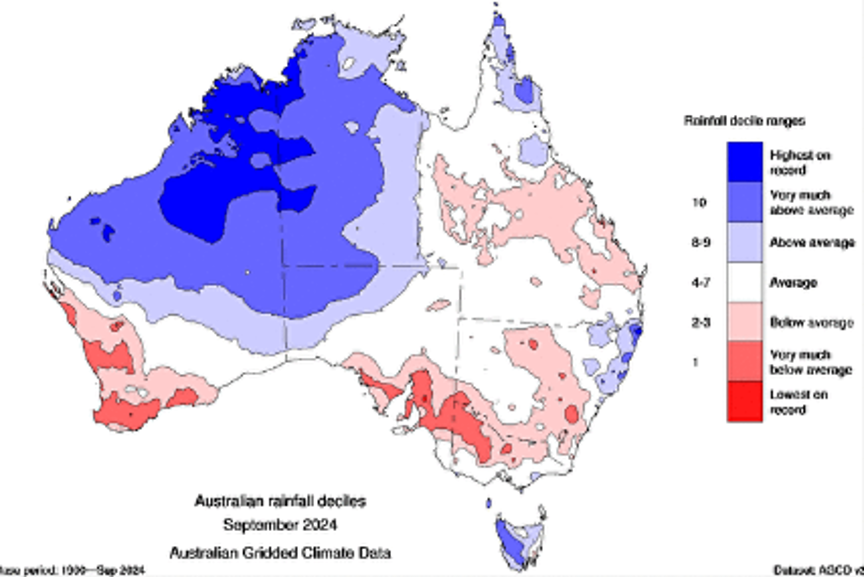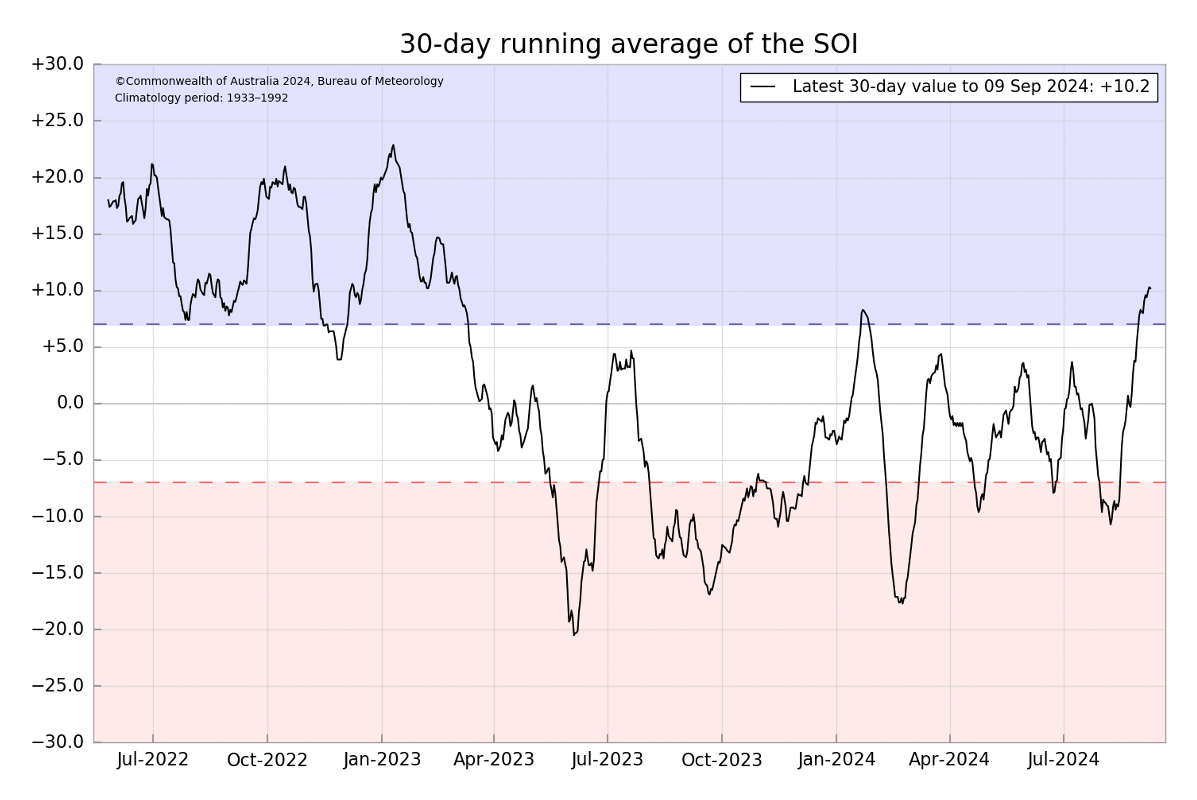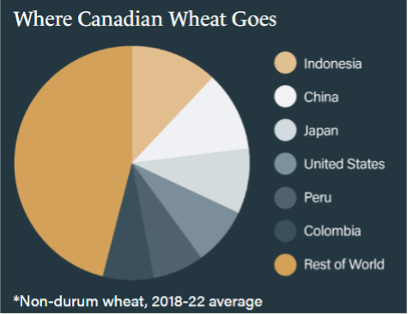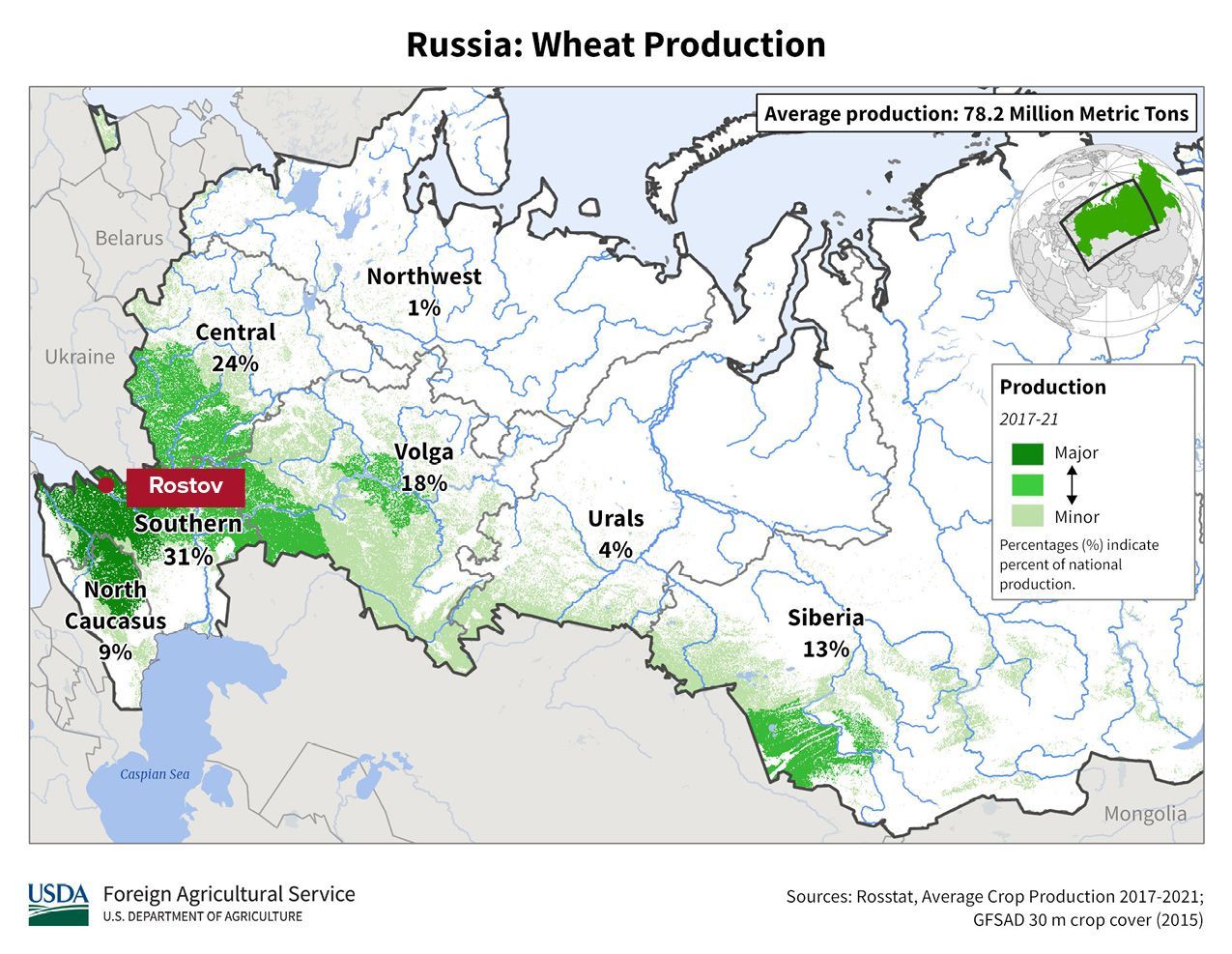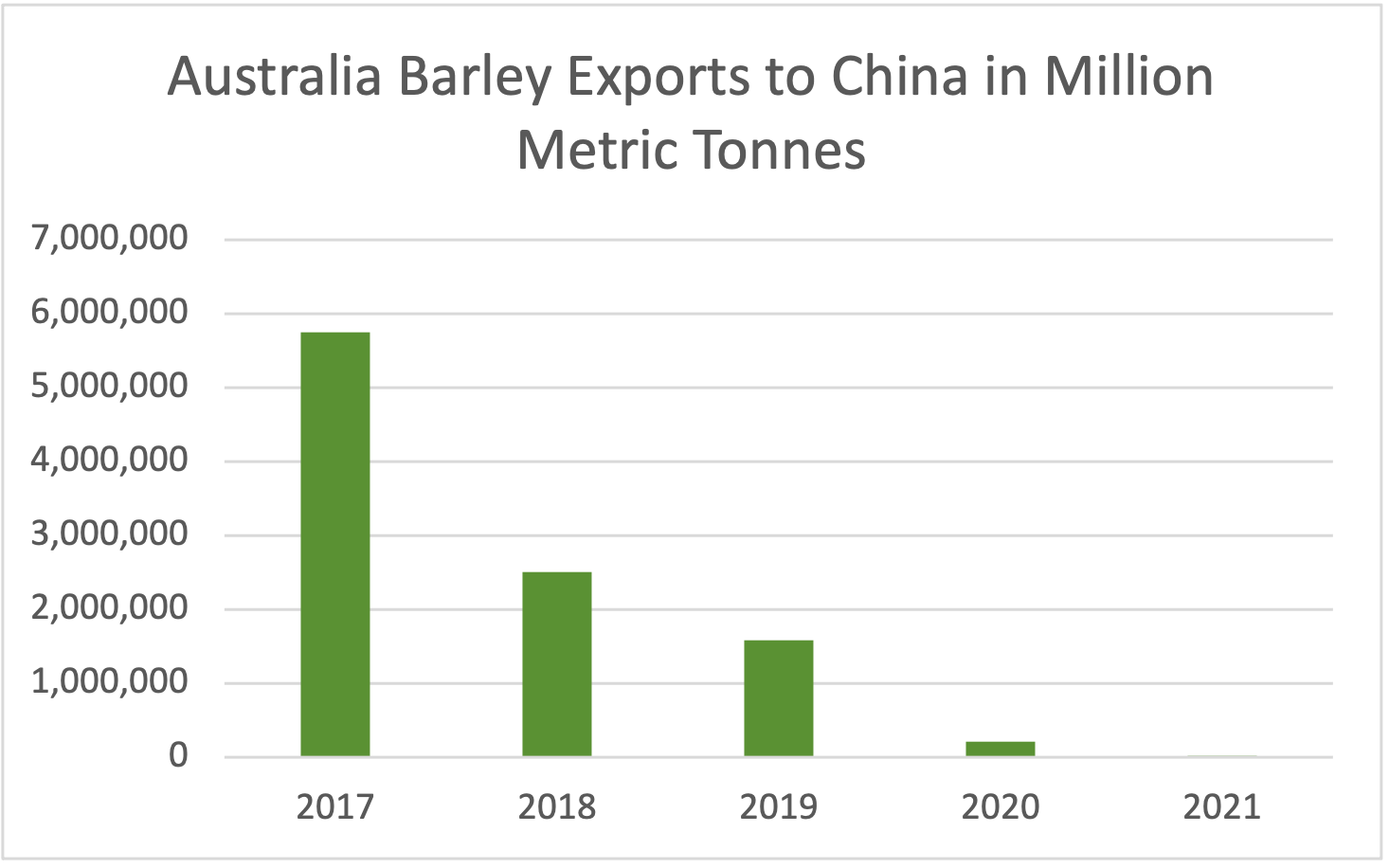Latest News.
Structured wheat, barley and canola marketing.
All the latest news from Advantage Grain and from grain markets around the world.
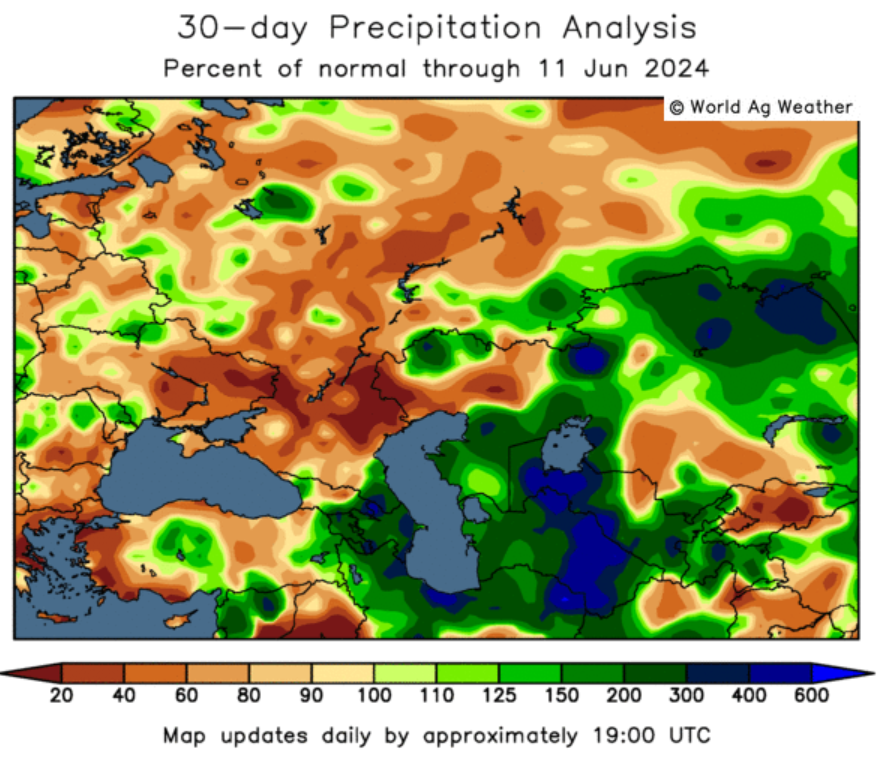
June 17, 2024
Over the last four weeks, global grain markets have featured an extreme level of volatility due to events in Russia and Turkey. Last week’s USDA update of global supply and demand statistics has confirmed the upcoming year will be globally tight due to an extremely dry spring in Russia. However, Turkish authorities took the decision to throw cold water on the global rally by announcing a wheat import ban. Closer to home, WA has received much needed rains while calls for La Nina continue but extend further into the future.
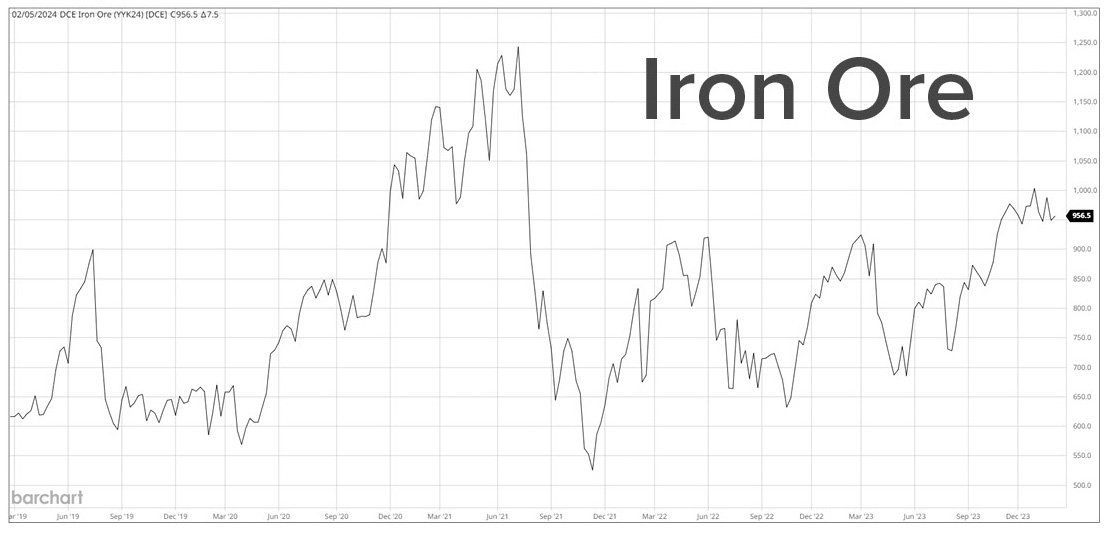
By Chris Nikolaou
•
February 16, 2024
China, one of the world's powerhouse economies, has been making headlines
of late due to a pullback in its real estate and stock markets. This
economic downturn is combined with a population that has been slow to come
out of the Covid-19 lockdowns. Consequently, consumer price deflation is
creating headwinds for the persistent growth that China has experienced
over the past decades. However, amongst the economic slowdown, commodity
imports remain resilient which is positive for Australian grain growers.
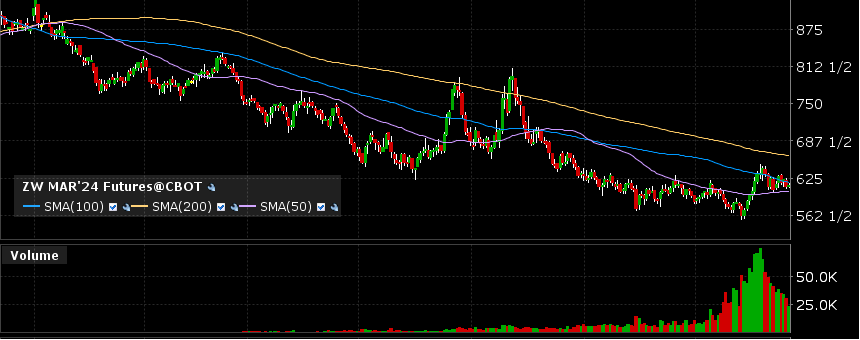
By Chris Nikolaou
•
December 21, 2023
2023 has been a volatile year for commodities markets. Although the war in
the Black Sea continues, Ukrainian supply has slowly returned to the
market. This has led to an overall decline in grain prices since this time
last year. The world’s consumers have benefitted, but is the tide about to
turn? If 2023 was the year of the consumer; will 2024 be the year of the
producer?!
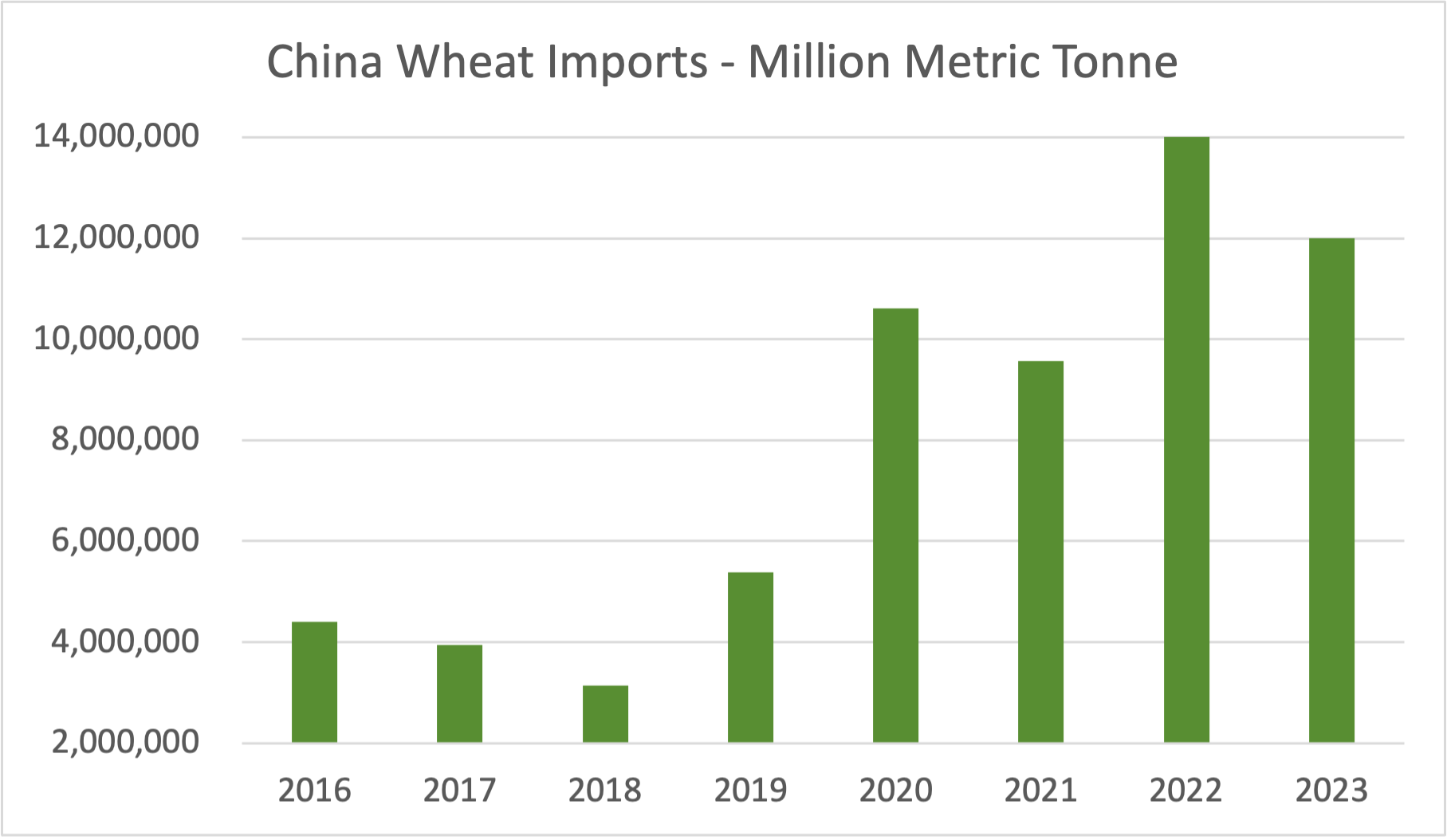
By Chris Nikolaou
•
November 16, 2023
The 2022/23 marketing season has now come to a close.
Overall, the Advantage structured marketing programs have performed well
through what was a volatile season. Ongoing war in the Black Sea, a tough
finish to the U.S. corn crop and poor rainfall late in the Australian
season all led to a late-season spike in local grain prices. Growers in the
Advantage 10 month program benefited from this in the September – October
pricing period.
As expected, China has re-entered the market as a strong buyer of
Australian barley since the import tariffs have been lifted. China also
continues to buy Australian wheat at a pace that is not as sustainable as
the purchases during recent higher production years.
The canola market is still down from the start of the season but a recent
uptick in pricing may suggest a turnaround is on the cards for the overall
oilseeds markets.
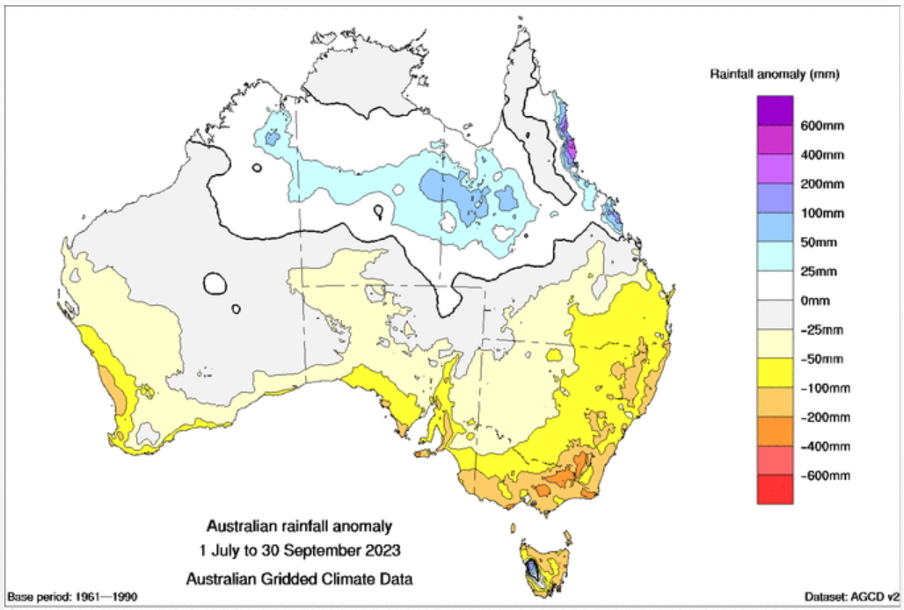
By Chris Nikolaou
•
October 13, 2023
On the whole, Australia has been blessed with three strong years of grain
production from 2020 through to 2023. However, after a promising start to
the year and with many areas of the country holding good moisture profiles
after a wet summer, the last three months have turned dry. Most areas of
the national growing belt are experiencing 50+ mm deficits in rainfall for
the July to September period. Why the big change and what are the weather
patterns driving this current dry spell?
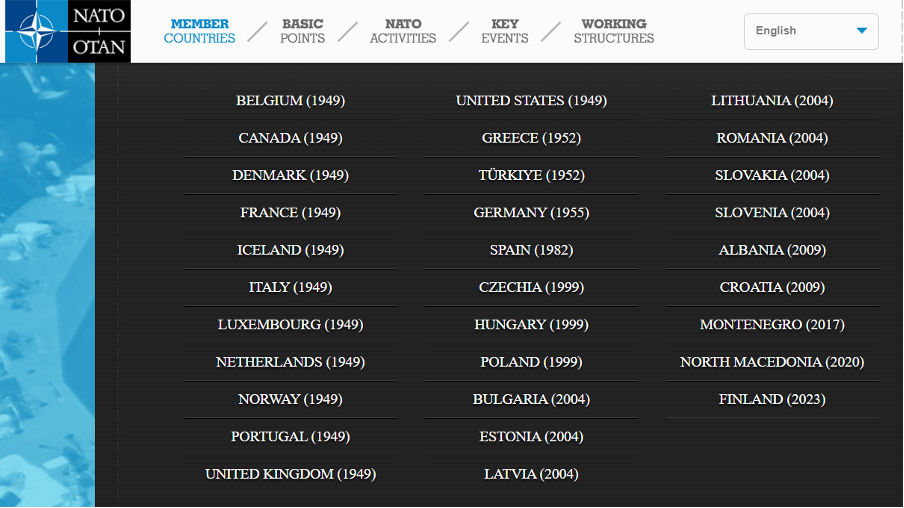
By Chris Nikolaou
•
July 14, 2023
The Black Sea conflict continues to create uncertainty in agricultural
markets as proponents of the Ukrainian food corridor look for a last-minute
agreement to extend the supply chain.
Weather challenges to the growing seasons in the United States and Canada
have increased market volatility since the start of June with canola being
the main beneficiary.
The BOM maintains a concerning outlook for winter and spring weather in
Australia.
Read the full update here!
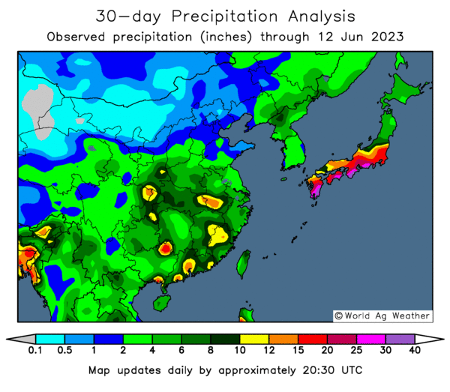
By Chris Nikolaou
•
June 16, 2023
Over the last month, we have seen excessive rainfall in China in the
lead-up and during their local wheat harvest. EU winter crops and Russian
spring wheat are all experiencing a hard finish to their growing season.
Closer to home, Aussies brace for a possible impact from the El Niño alert
issued by the Bureau of Meteorology (BOM).

By Chris Nikolaou
•
June 1, 2023
Advantage Grain Pty Ltd has announced its entrance into the grain export
market, with the company’s first wheat vessel loaded and on its way to the
Middle East where it will be used for flour milling.
Advantage Grain General Manager, Chris Nikolaou said the company’s foray
into the grain export market marks a significant milestone for the company.

By Chris Nikolaou
•
May 16, 2023
On Friday, May 12th the USDA updated the world agricultural supply and
demand tables. This included the first estimates for the 2023-24 season.
Wheat was viewed as bullish as the global carry-out is estimated to fall
this coming year. Of note was the decline in U.S. production as drought-hit
Kansas is expected to produce the smallest crop in over 50 years. Global
production estimates all rely on weather performing over the coming months
in key production areas of Russia and Canada for wheat and the United
States for corn and soybeans. A tightening wheat balance sheet does not
leave room for any further production issues in other major exporters
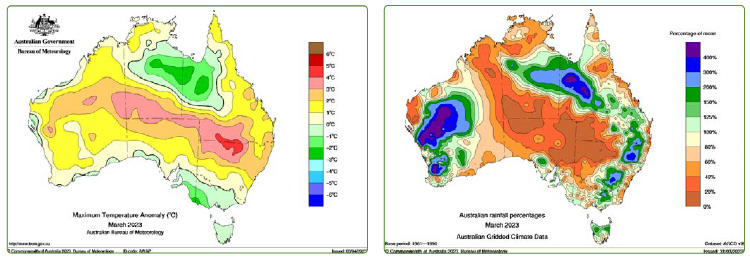
By Chris Nikolaou
•
April 17, 2023
March 2023 saw continued turbulence in global commodity and capital
markets. Ongoing economic uncertainty, geopolitical tensions, and concerns
over inflation and interest rates were among the drivers of market
volatility. A steady stream of headlines relating to global weather and
crop conditions, the continuing flow of low-cost Black Sea origin grain
into the global market and light at the end of the tunnel after a three
year Australian barley export tariff into China saw agricultural markets
respond accordingly.

By Chris Nikolaou
•
March 16, 2023
Activity in grain market influences such as the global economic landscape,
domestic export pace, demand and weather, continue to dominate chatter in
the industry. However, despite the backdrop of a high interest rate,
deflationary environment and declining international grain values,
Australian grain markets have shown great resilience over the past month.
This is a credit to our record export pace, the expected change to the
2023/24 season climate outlook and increasing cattle on feed numbers as a
result of weakening livestock markets.
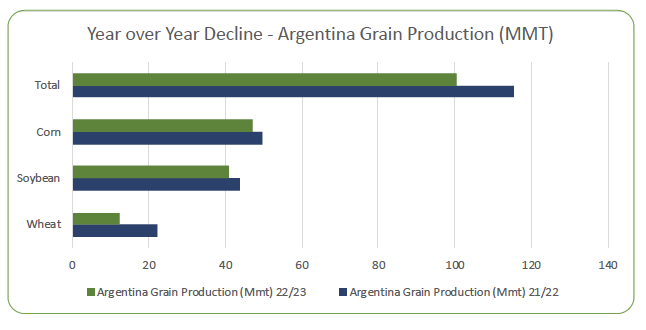
By Chris Nikolaou
•
February 15, 2023
Grain market volatility continues to be a defining trait of the markets.
The Ukraine conflict is ongoing with another round of food corridor
extension talks commencing. Over the last six months, drought in Argentina
has impacted their wheat and soybean crops and now threatens their corn
crop as well. On a more positive note, Australian relations with China are
improving and the industry is hopeful for a renewed barley market. Locally,
Aussie growers have managed through an extraordinary harvest with extreme
weather, a late finish and a slightly better than expected product.
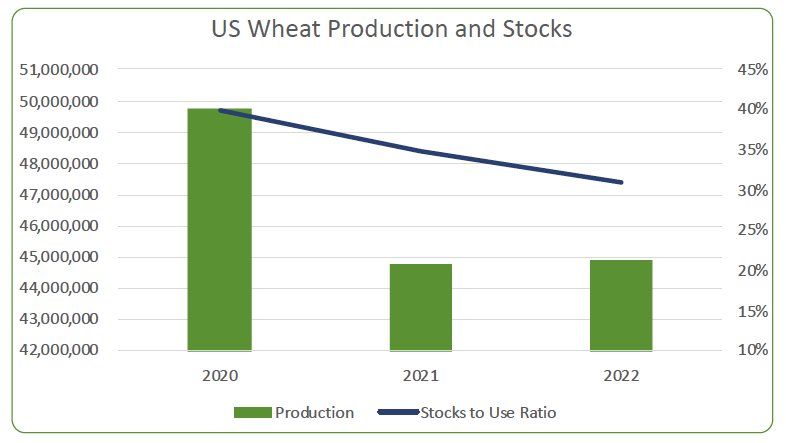
By Chris Nikolaou
•
December 23, 2022
Over the course of the 2022 grain marketing year, we have seen extreme
volatility in grain markets. Grain markets exploded in March of this year
when Russian forces entered Ukraine and hostilities commenced. Three months
later, a safe grain corridor was negotiated for Ukrainian grain between the
UN, Turkey and Russia which is set to expire this month. Additionally, the
US experienced a drought that decreased their production of wheat. At home,
excessive rainfall due to a trifecta of weather patterns has had a severe
impact on crop outlooks for NSW. Throughout the 2021/22 season, Australian
grain was in high demand globally and this is expected to continue into the
2022/23 season.
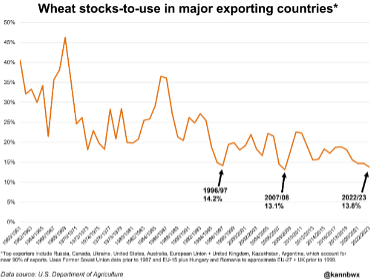
By Chris Nikolaou
•
October 14, 2022
Global wheat markets have surged higher with the U.S. and Black Sea facing
production and logistics issues. The conflict in Ukraine, which appears
unable to be de-escalate along with expensive U.S. wheat, will ensure
strong demand for Australian production. At home, we’re looking at another
big winter crop, and although it looks like the La Niña weather pattern
will present challenges over harvest, all grades of Aussie wheat look like
they’re set to achieve strong values on the global market.
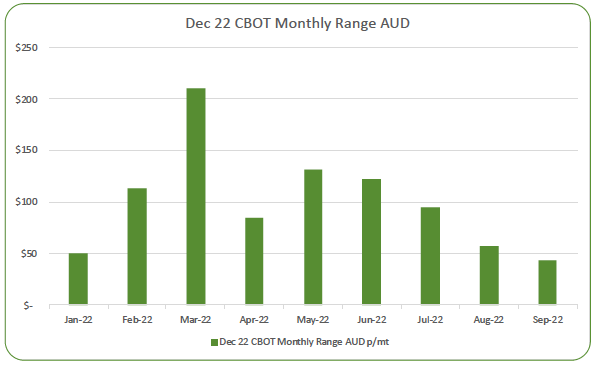
By Chris Nikolaou
•
September 15, 2022
What a difference a week can make! Since Russia and Ukraine signed the UN
brokered Food Export Corridor deal in July, we’ve seen reduced market
volatility compared with the first half of the year. However, last week we
saw how sensitive these markets are to possible changes in this agreement
and how world wheat supplies are still struggling without adequate
Ukrainian products. Closer to home, Australia is looking well set up to
reach a forecast production of 55MMT, the fourth largest on record, with
favourable weather set to hit key production areas during the vital spring
growing period.
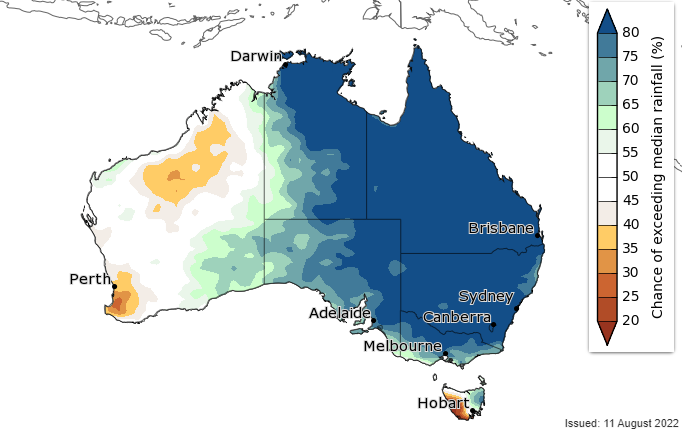
By Chris Nikolaou
•
August 17, 2022
An ongoing strong La Niña has led to wetter than normal conditions in
Australia and dryer than average conditions in the United States and the
growing regions of South America. Western Europe is also struggling with
dry and hot conditions. Australian exports continue at a strong pace while
the market switches focus to the outlook for new crop locally.

By Chris Nikolaou
•
July 18, 2022
Extreme volatility continues in offshore markets as the world grapples with
the lack of Ukrainian supplies while elsewhere in the northern hemisphere,
wheat harvest is in full swing. Closer to home Australian exports for the
season continue to show good pace in spite of pandemic challenges to supply
chain and weather-related setbacks. Current outlooks for a return of La
Niña in the spring and the Indian Ocean Dipole status offer hope for a
positive year for Australian producers

By Chris Nikolaou
•
June 16, 2022
Over the course of 2022, we have witnessed extremes in grain markets.
Ongoing conflict in Ukraine has removed 75% of that nation’s grain export
capabilities. Ongoing hard seasons in North and South America have been
unable to produce large enough quantities of grain and oilseeds to repair
the world’s supply. This has created extremely volatile futures markets.
This volatility is set to continue as the U.S. enters their summer growing
season with a heat wave this week. Closer to home the BOM updated their
outlook on June 9th calling for a wetter than average winter. Although,
there are some growers who would like to see a dry spell.
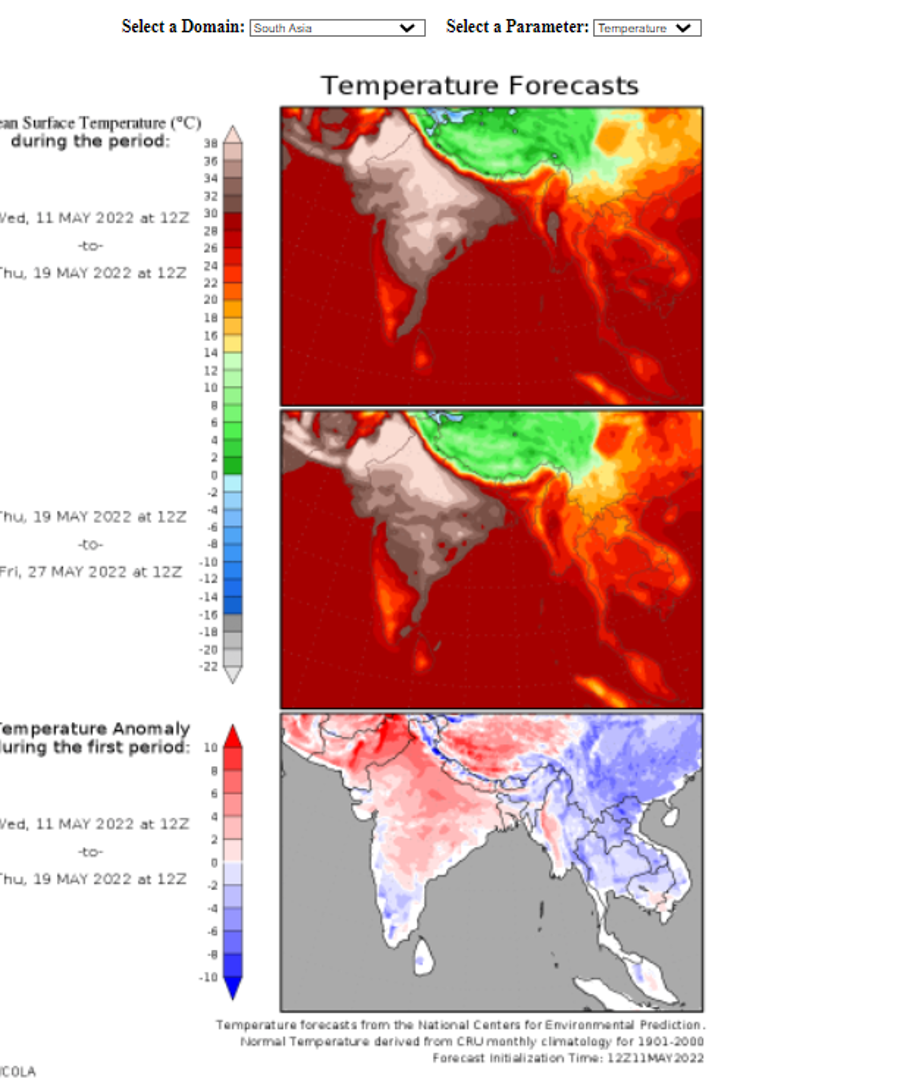
By Chris Nikolaou
•
May 12, 2022
As the Black Sea conflict enters its third month, global consumers of wheat
look to other producing origins to make up for the lost Ukrainian supply.
Consequently, normal suppliers such as Australia, Europe, Argentina and
North America have seen an uptick in demand. Interestingly, India has
stepped in as an unlikely supplier to the world for its food needs.
However, this supply may be short lived. La Niña driven weather continues
to make for hard seasons in both North and South America. Australian
growers commence their growing season in largely strong conditions;
however, not all parts of the country are enjoying supportive wet weather.

By Chris Nikolaou
•
April 19, 2022
The violence in Ukraine continues to dominate global markets as both sides
settle into what could be a drawn-out conflict. Dryness in the Southern
Plaines of the United States further threatens the outlook for wheat
supplies in the 2022/23 season while India emerges as an unlikely exporter
of wheat. High commodity prices have now become a political touch stone in
both the east and the west with Sri Lankans taking to the streets to
protest lack of food and fuel availability.

